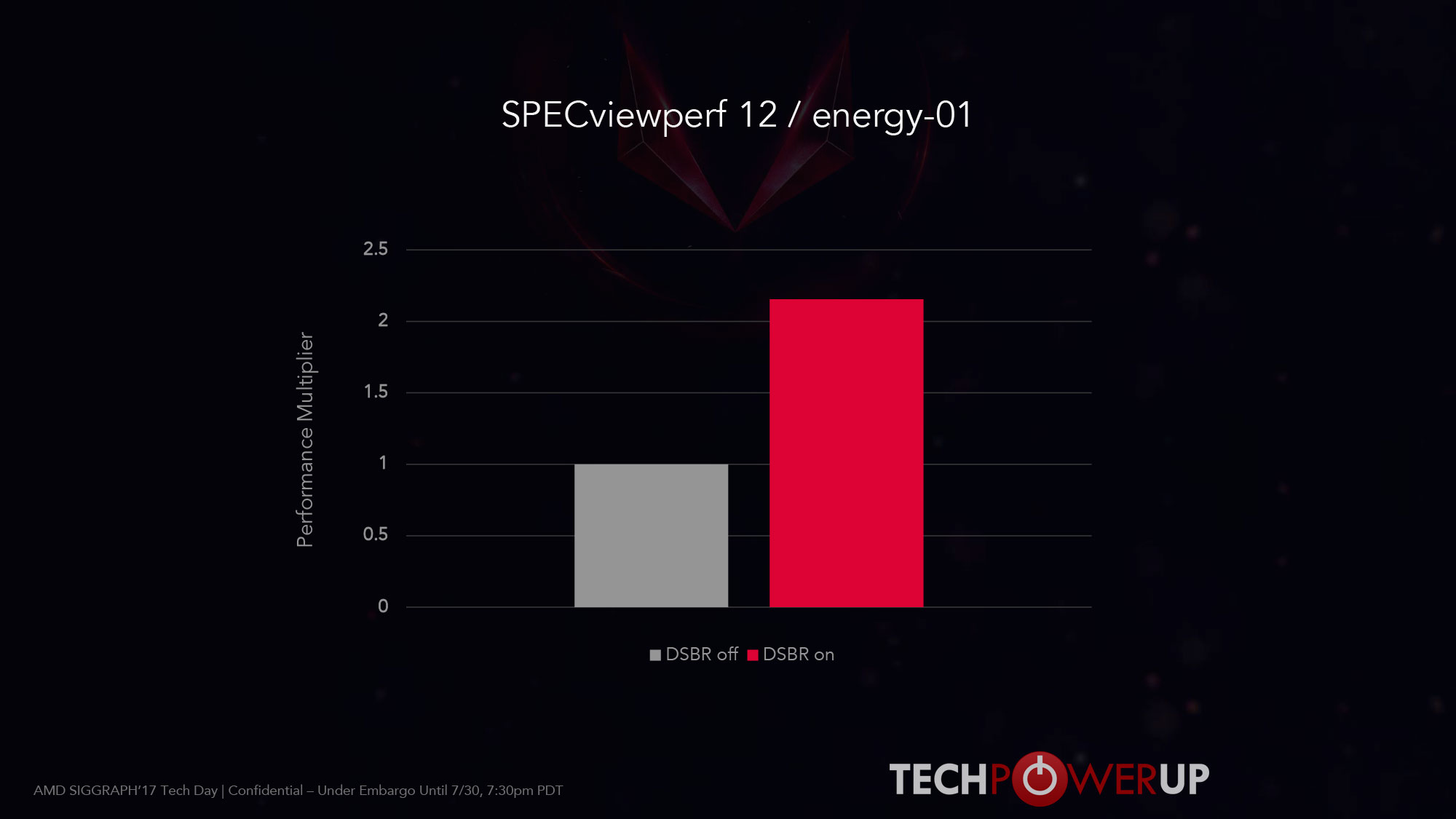Also some technical questions:
Vega supports double prec. global atomics? like Pascal added to OGL via GL_NV_shader_atomic_float64..
also what about integer 64 global atomics.. was already there with Polaris?
also with Siggraph GL news plus Vega details I expected to see a new EXT or ARB extension of a feature added by Vega and which were previously only avaiable on NV GPUs (and Intel iGPUs) and exposed via some NV extensions..
I'm talking about conservervative rasterization (even Intel has a OpenGL extension for it and even on Linux Mesa is already implemented)
NV has:
GL_NV_conservative_raster
GL_NV_conservative_raster_dilate
GL_NV_conservative_raster_pre_snap_triangles (tier2 feature)
Also hope to see that Vega OpenGL driver supports ARB_fragment_shader_interlock extension now that ROV are supported.. strangely AMD exposed already INTEL_fragment_ordering which should provide equal functionality on pre-Vega cards altough that cards doesn't support ROV feature.. how?
Vega supports double prec. global atomics? like Pascal added to OGL via GL_NV_shader_atomic_float64..
also what about integer 64 global atomics.. was already there with Polaris?
also with Siggraph GL news plus Vega details I expected to see a new EXT or ARB extension of a feature added by Vega and which were previously only avaiable on NV GPUs (and Intel iGPUs) and exposed via some NV extensions..
I'm talking about conservervative rasterization (even Intel has a OpenGL extension for it and even on Linux Mesa is already implemented)
NV has:
GL_NV_conservative_raster
GL_NV_conservative_raster_dilate
GL_NV_conservative_raster_pre_snap_triangles (tier2 feature)
Also hope to see that Vega OpenGL driver supports ARB_fragment_shader_interlock extension now that ROV are supported.. strangely AMD exposed already INTEL_fragment_ordering which should provide equal functionality on pre-Vega cards altough that cards doesn't support ROV feature.. how?


